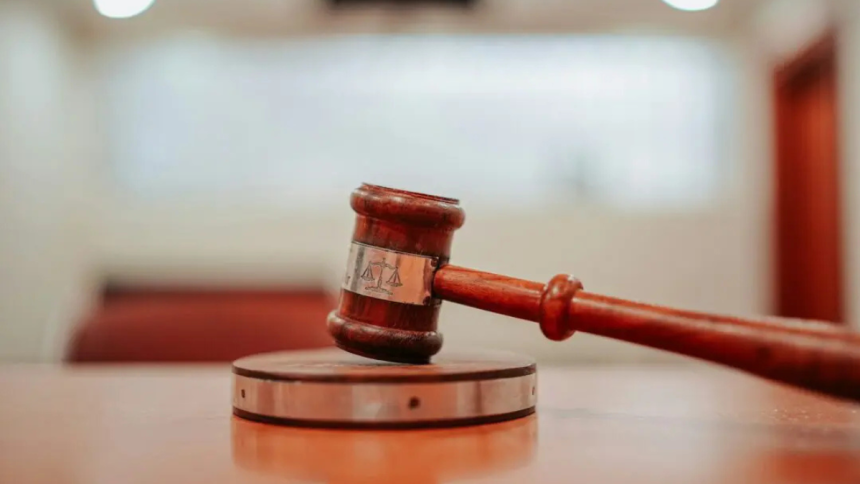Federal authorities charged Ippei Mizuhara, an interpreter for LA Dodgers star Shohei Ohtani, in the second quarter of 2024. It was a one-count charge of bank fraud associated with an alleged theft of millions of dollars from Ohtani. The authorities alleged that the accused used the stolen funds to fund his extravagant gambling habit.
To satisfy the lengthy demands of federal investigations, the IRS investigated the unlawful gambling ring that the accused used to gamble. Thus, the authorities had a significant and solid foundation for their findings. In such a matter, criminal defense attorney Mark Sherman of The Law Offices of Mark Sherman, LLC is able to shed more light on the subject.
Penalties for Criminal Conviction
News platforms usually report the maximum punishments related to criminal convictions. However, courts rarely impose the maximum penalties on convicts.
Instead, the law mandates that federal courts determine an imprisonment range based on the federal sentencing guidelines. However, it is pertinent to add that the guidelines are advisory. In other words, a court is not required to punish a convict based on the guideline range.
That being said, the guidelines are the starting point for all federal sentences. If a judge decides to punish an offender outside of the guidelines, they must provide specific reasons for their action. Hence, the guidelines are the most accurate estimate of the probable punishment that a criminal defendant may suffer.
The Operation of the Federal Guidelines
The federal guidelines work like a mathematical equation. The peculiarities of your case will determine the specific guidelines that will apply. The court will resolve any grey areas regarding applying the guidelines during the sentencing hearing.
The court will particularly consider your criminal past, your role in the alleged crime, and the presence of aggravating factors to decide your penalties.
Using Mizuhara’s Matter as a Case Study for Federal Guidelines’ Calculation and Application
Mizuhara was charged with one count of bank fraud, which violates 18 USC § 1344(2). Since a complaint charged Mizuhara’s case, the government must get an indictment from a jury. However, they can charge the accused with information if he consents. The government only files information if there is a plea agreement.
The complaint claimed the accused stole a minimum of $15 million from his company’s account. The crime level rises by 20. §2B1.1(b)1 for a loss between $9.5 million and $25 million. Though the subcategory includes more specific crime features, such as healthcare fraud and identity theft, they are non-applicable to Mizuhara’s matter.
Furthermore, the court will assess the defendant’s role in the offense. For this case study, the accused served as Ohtani’s translator, giving him unique access to the company’s private details.
The plaintiff claimed the defendant allegedly abused his position as Ohtani’s interpreter by accessing the company’s bank details. More problematic was that he pretended to be the organization when contacting the bank. The court might likely increase the crime to two. §3B1.3 by enhancing the abuse of trust.
In addition, the court will consider if the defendant claimed responsibility (most typically done by pleading guilty). The guidelines are lenient to defendants who plead guilty. For instance, Mizuhara would get a three-level reduction to §3E1.1 if he pleads guilty.
The guidelines will also assess a defendant’s criminal past. The United States Sentencing Commission amended the guidelines in late 2023 to give room for another reduction for defendants with no criminal past if the crime does not entail some aggravating factors. These factors include possession of weapons and violence.
Defendants without a criminal history are entitled to a §4C1.1 two-point reduction.
However, cooperating with federal authorities is the most significant variable in a federal estimated guideline calculation. Suppose the accused offers significant help during the investigation or prosecution of another individual based on government recommendation. In that case, the court may consider this and deviate from the guidelines standard. The defendant may get §5K1.1.
For our case study, Mizuhara may be entitled to a substantial incentive to cooperate with the IRS’s ongoing investigation into the unlawful gambling ring. If he offers any helpful information, the court can grant him another reduction.
Final Thoughts
The court will calculate the entire offense level and refer to the Sentencing Table to arrive at the guideline range. The guideline recommends 51 to 63 months of imprisonment for Mizuhara’s case.
The analysis in this piece shows that the defendant is unlikely to suffer the maximum punishment of 30 years’ imprisonment. If he pleads guilty, he might likely settle for five years of imprisonment. Otherwise, the guideline recommends 70 to 87 months in jail.
This case shows how complex the American criminal system is. Thus, if you have a criminal case or an ongoing investigation, speak with a responsive, results-driven local criminal defense attorney. It’s important to avoid becoming entangled in this ongoing legal issue.
Lynn Martelli is an editor at Readability. She received her MFA in Creative Writing from Antioch University and has worked as an editor for over 10 years. Lynn has edited a wide variety of books, including fiction, non-fiction, memoirs, and more. In her free time, Lynn enjoys reading, writing, and spending time with her family and friends.















